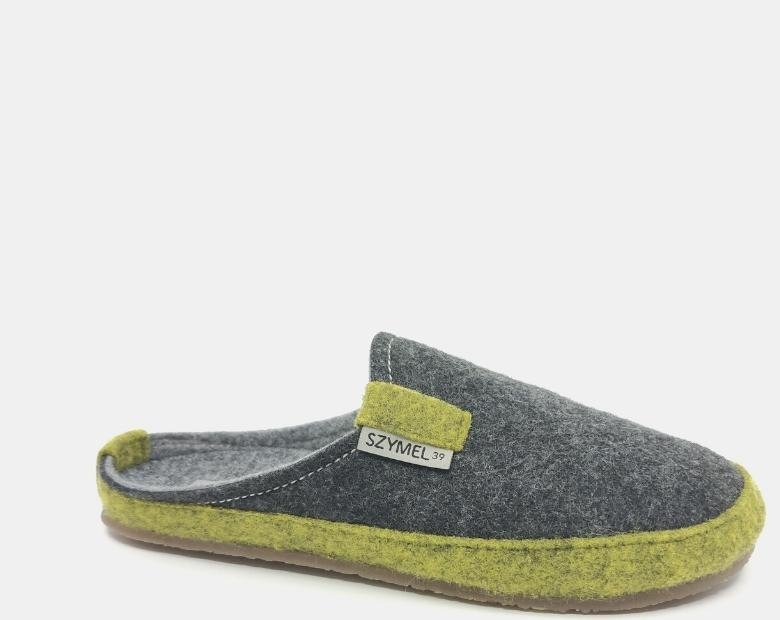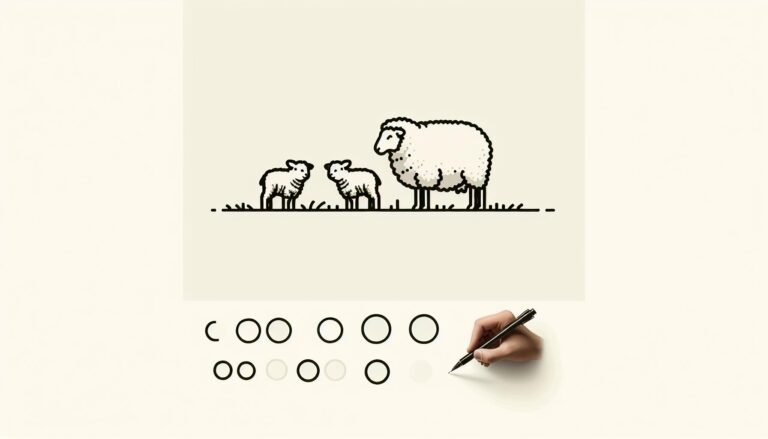Wool Wonders: Diving into the Versatile World of Fibers
When it comes to natural fibers, wool stands as one of the most remarkable options available. Its unique properties and versatile applications have made it a favorite among various industries and craftspeople. In this article, we’ll delve into the fascinating world of wool, exploring its origins, characteristics, and the myriad ways it contributes to our lives.
Wool, a natural fiber sourced from the fleece of sheep and certain other animals, has been utilized by humans for millennia. Its unique combination of warmth, breathability, and adaptability has made it an indispensable material in various aspects of our lives.
The Rich History of Wool
Wool’s history dates back thousands of years, with evidence of its use found in ancient civilizations. From the woolen garments of ancient Egyptians to the woolen sails of Viking ships, this fiber has played a crucial role in shaping human progress.
Unveiling the Marvelous Properties of Wool
Wool boasts a range of exceptional properties. It’s a natural insulator, capable of regulating body temperature, making it ideal for clothing in various climates. Its crimped structure allows it to trap air, providing both warmth and breathability.
Wool’s Role in Fashion and Apparel
Wool has a strong presence in the fashion industry. From cozy sweaters to tailored suits, designers value wool for its luxurious feel and durability. Merino wool, known for its softness, is a popular choice for base layers and activewear.
Wool’s Contribution to Home Comfort
Beyond clothing, wool enhances home comfort. Woolen blankets, carpets, and upholstery offer both insulation and aesthetic appeal. Wool’s natural resistance to flames and stains adds to its suitability for home textiles.

Wool in Art and Craft
Artists and crafters also appreciate wool’s versatility. Wet felting and needle felting techniques turn wool fibers into intricate sculptures and designs. Its wide array of colors and textures make it a joy to work with.
The Sustainability Aspect of Wool
Wool’s eco-friendly nature sets it apart from synthetic alternatives. It’s biodegradable, renewable, and requires minimal processing. The carbon footprint of wool is considerably lower compared to synthetic fibers.
Different Types of Wool and Their Uses
Various breeds of sheep produce different types of wool, each with distinct characteristics. Fine wools like Merino are prized for clothing, while coarser wools find use in carpets and heavy fabrics.
Caring for Your Woolen Items
Proper care ensures the longevity of woolen items. Hand washing in cold water with a mild detergent is recommended. Avoid direct sunlight and excessive heat to prevent shrinkage.
Innovations in Wool Technology
Advancements in wool processing and manufacturing have led to innovations such as machine-washable wool and wrinkle-resistant finishes. These innovations broaden wool’s applications and appeal.
Exploring the Global Wool Industry
The global wool industry spans continents, with Australia being a major producer. Wool auctions and trade fairs are integral to this industry, connecting suppliers and buyers from around the world.
Wool: A Symbol of Luxury and Elegance
Wool’s association with luxury is well-deserved. Its softness, natural sheen, and timeless appeal make it a symbol of elegance in fashion and lifestyle. Buying a long lasting peace of clothing or home decore from ehtically soreced fabrics will always be a sign of class and smart ways of spending money.
Challenges and Future Outlook for the Wool Industry
While wool faces competition from synthetic fibers, that may be cheaper and easier to come by, wools sustainable nature and unique qualities position it well for the future. Innovations and consumer awareness play a key role in shaping the industry’s trajectory from non ethically made fabrics to eco friendly options, like wool.

Conclusion
In a world of synthetic materials and items that last no longer than one season, wool remains a timeless wonder, that you can enjoy for years to come. Its blend of history, versatility, and sustainability make it a cherished resource that continues to weave its way into our lives.







